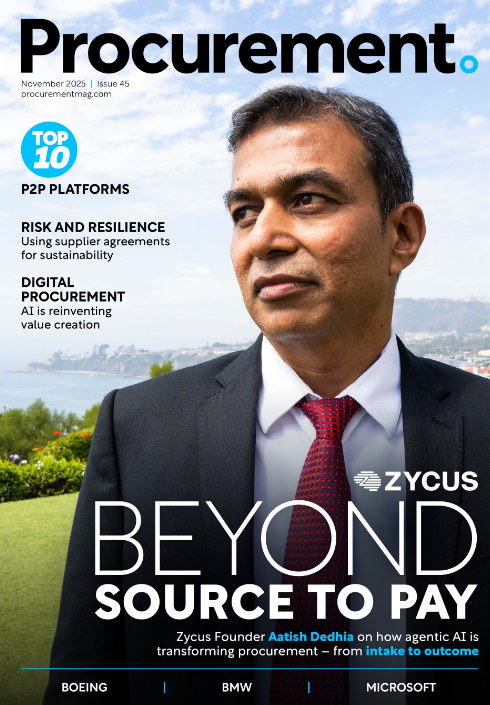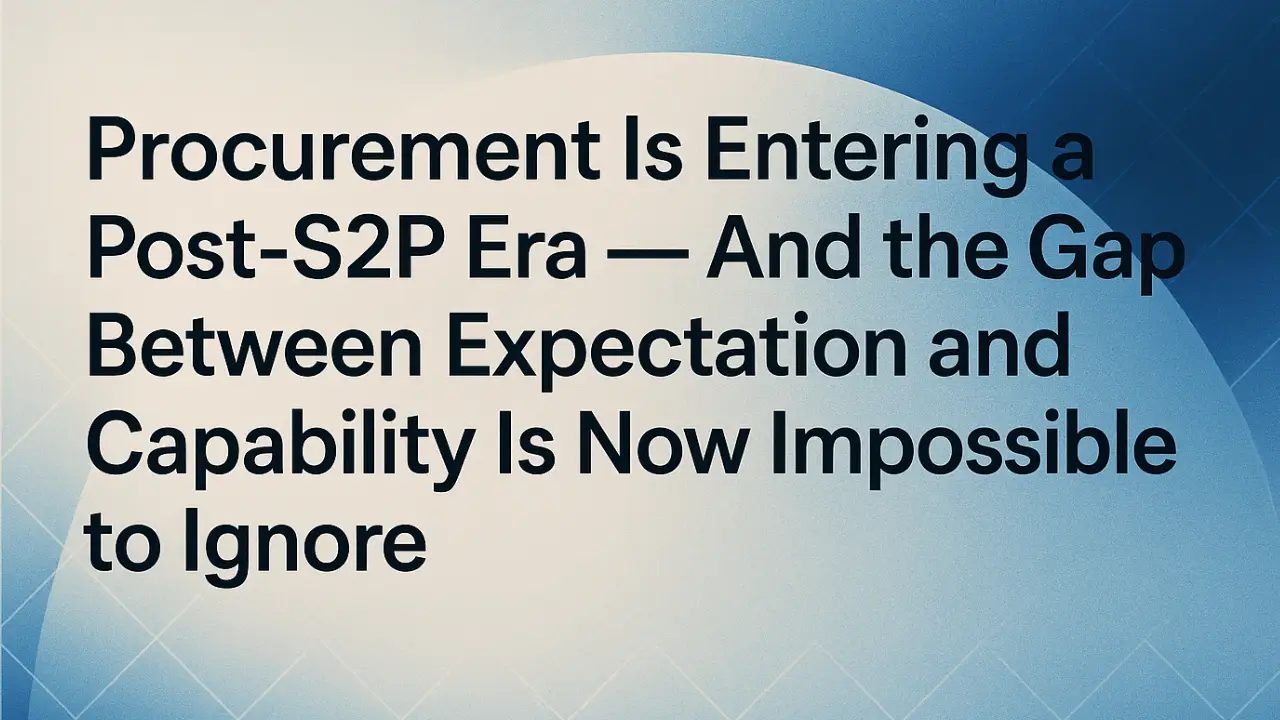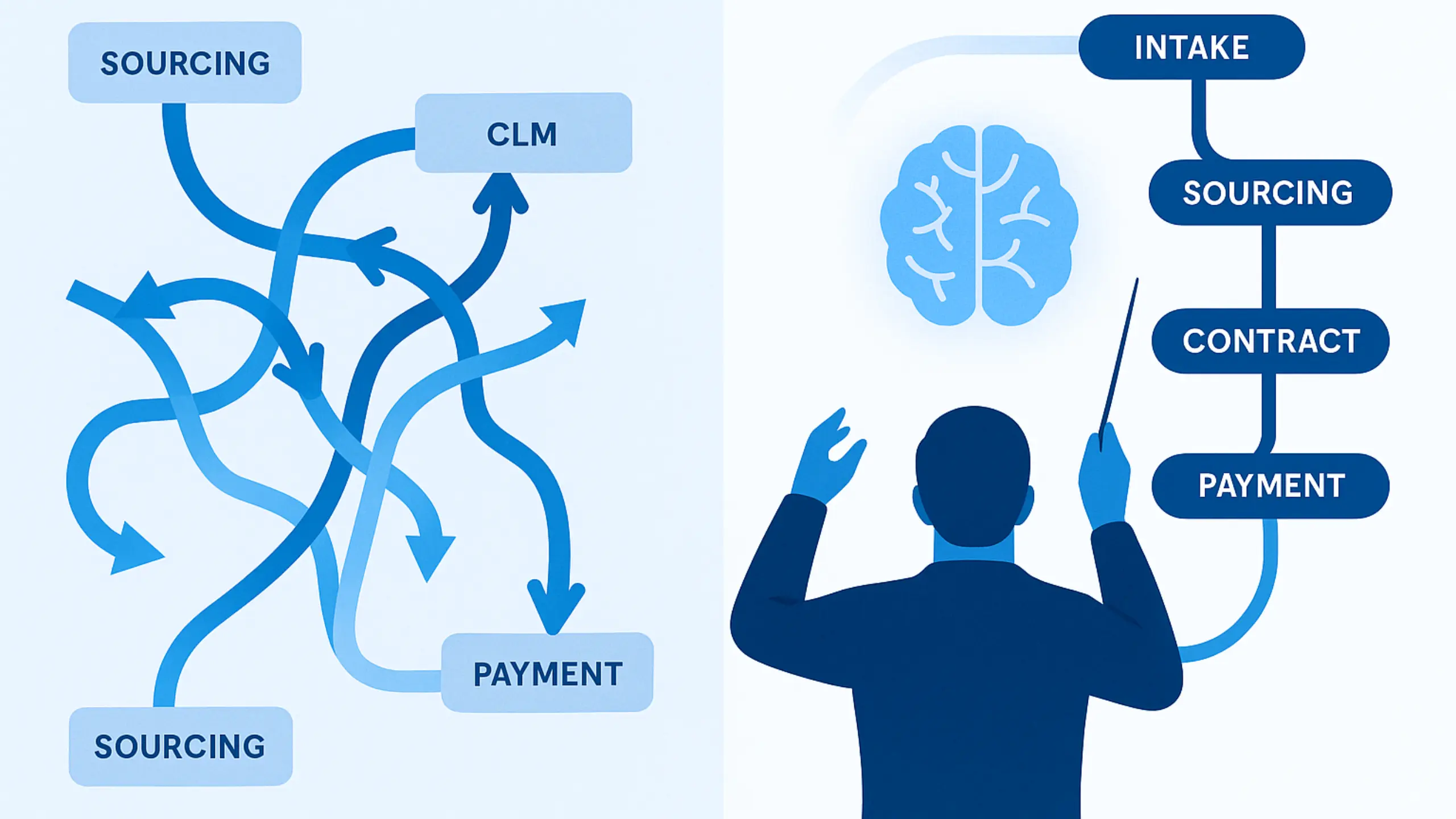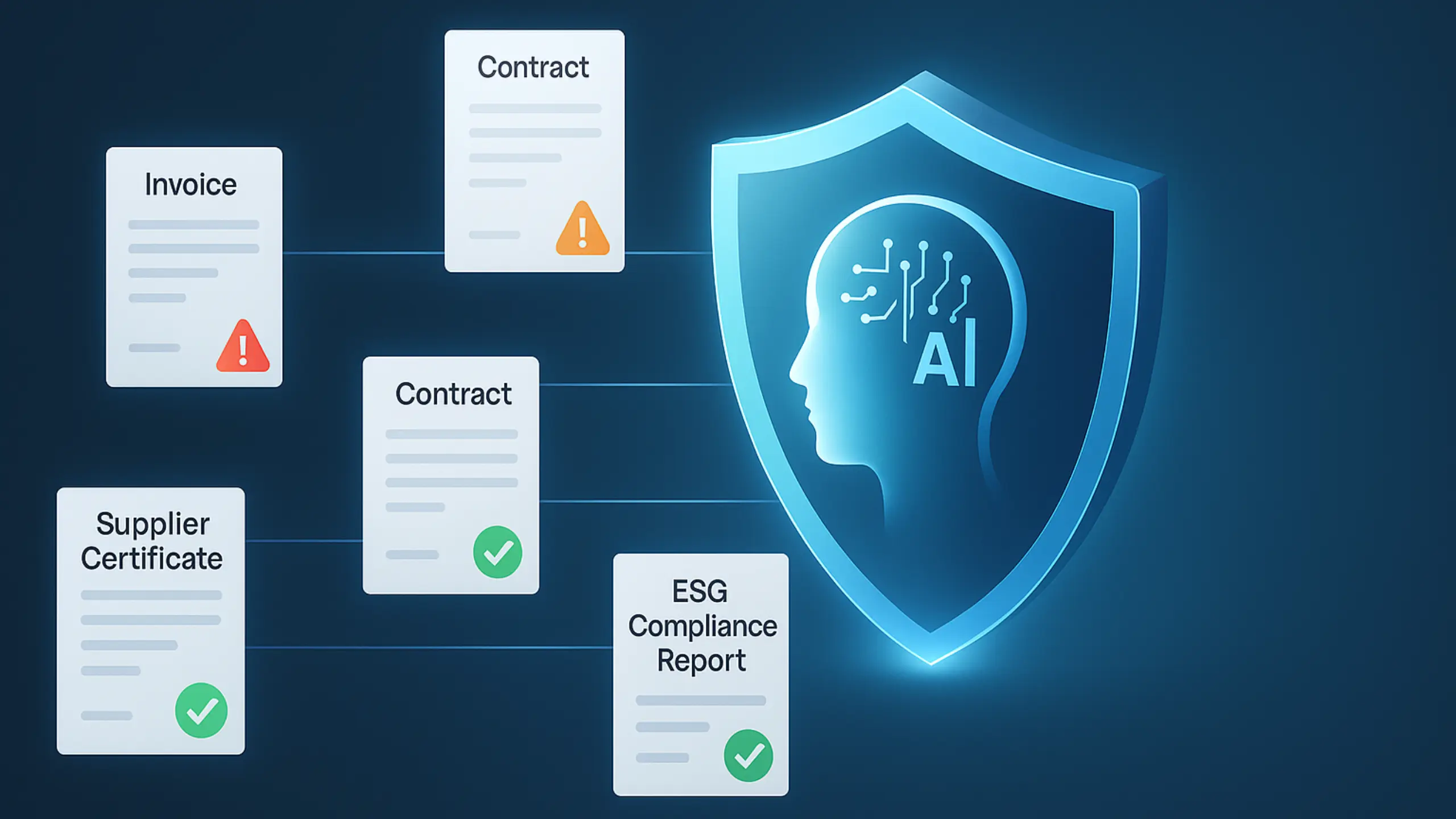Procurement leaders agree tail spend is important. It represents nearly 20% of total enterprise spend and touches more than 80% of suppliers. Yet most leaders remain unhappy with how they’re managing it.
The Hackett Group’s 2025 Tail Spend Management Study reveals the paradox clearly: while procurement executives say tail spend is now a board-level priority, 64% of leaders are either neutral or dissatisfied with their current approach. This dissatisfaction persists despite years of experimenting with marketplaces, purchasing cards, and outsourcing models.
So why does this paradox exist? And what can procurement leaders do differently to finally get tail spend right?
What Is the Procurement Satisfaction Paradox?
The paradox is simple: procurement leaders are investing more in tail spend management, but their satisfaction scores remain stubbornly low.
- Willingness to recommend current approaches is falling compared to other procurement areas.
- Savings captured average 7–10%, while leaders believe 16–20% is possible (Hackett 2025).
- Governance gaps persist, especially around compliance, ESG requirements, and supplier risk.
In short, the more attention tail spend receives, the more glaring its shortcomings become.
For clarity on how tail spend differs from tactical and maverick spend — and why the confusion worsens dissatisfaction — see our blog on Tail vs. Tactical vs. Maverick Spend.
Why Are Leaders Dissatisfied With Tail Spend Management?
Several root causes explain the dissatisfaction:
1. Legacy Tools Don’t Scale
Marketplaces, P-cards, and BPOs solved parts of the problem but not the whole. Gartner has noted that these models often lead to “fragmented visibility” and weak compliance.
Read more: Why Marketplaces, P-Cards, and BPOs Failed to Fix Tail Spend
2. Low ROI vs. Effort
Leaders invest in tactical desks or outsourcing only to see incremental savings that don’t justify the effort. Bain & Company highlights that unmanaged indirect spend erodes 2–3% of EBITDA annually — meaning small gains don’t close the gap.
3. Compliance Gaps
Tail suppliers often fall outside approved contracts. In Europe, this exposes companies to VAT errors and ESG reporting failures. In the U.S., it increases audit risk.
4. Supplier Resistance
Vendors are wary of being pushed into marketplaces or opaque buying channels. Participation falls, undermining negotiated leverage.
5. Confusion Over Definitions
Leaders often conflate tail spend with tactical or maverick spend. This blurs ownership, KPIs, and strategy, leaving teams frustrated.
What Challenges Will You Face When Fixing Tail Spend?
Even with next-generation approaches, procurement teams must anticipate challenges:
- Data fragmentation: Supplier and transaction data across regions is often incomplete.
- User adoption: Employees accustomed to free buying may resist guided intake.
- Supplier onboarding: Smaller vendors may lack digital maturity to engage seamlessly.
- AI readiness: Organizations need clear governance frameworks for AI-driven negotiations.
McKinsey emphasizes that “AI adoption in procurement succeeds only when supported by clean data, process discipline, and supplier enablement.”
How Can Agentic AI Resolve the Paradox?
Agentic AI represents a step-change because it introduces orchestration, not just execution. Instead of patchwork fixes, it enables:
- Guided Intake: Employees submit requests through structured workflows, ensuring visibility and policy adherence from the start (Merlin Intake).
- Autonomous Negotiation: AI agents (like Zycus ANA) negotiate low-value, high-frequency buys at scale.
- Supplier Engagement: Vendors interact with transparent AI-led negotiations, supported by IBM’s execution services.
- Continuous Compliance: ESG, risk, and tax rules are embedded into every transaction automatically.
By addressing the structural causes of dissatisfaction, Agentic AI moves procurement from firefighting to control.
Which Categories Should You Prioritize to Improve Satisfaction?
Not all categories drive dissatisfaction equally. Hackett and BCG data suggest focusing first on:
- Office Supplies → Easy to consolidate, high transaction count.
- Facilities Maintenance → Frequent service requests that drain resources.
- Marketing Services → Fragmented suppliers, historically under-managed.
- Training & Professional Development → High spend leakage, dispersed vendors.
Starting here allows procurement to demonstrate quick wins that build confidence and momentum.
Explore Zycus’s Tail Spend Management Solutions for detailed approaches by category.
How Do You Ensure Supplier Participation?
One major driver of dissatisfaction is weak supplier buy-in. Leaders can turn this around by:
- Communicating Benefits Clearly: Show suppliers how AI reduces cycle times and ensures faster payments.
- Providing Flexibility: Allow escalation to human buyers for exceptions. Bain’s research shows hybrid AI+human approaches yield higher satisfaction.
- Incentivizing Participation: Early payment discounts or inclusion in preferred supplier lists encourage vendors to engage with AI channels.
- Standardizing Onboarding: Simplify digital onboarding with templates and guided portals.
This not only improves adoption but also transforms suppliers into advocates.
Global Perspectives on Dissatisfaction
- North America: Dissatisfaction stems from over-reliance on P-cards and loss of visibility. AI-driven intake restores control.
- Europe: ESG and compliance burdens make unmanaged tail spend riskier, fueling discontent.
- APAC: High transaction volumes overwhelm tactical desks; dissatisfaction reflects scalability limits.
- LATAM: Supplier diversity and fragmentation increase governance gaps, lowering satisfaction.
Tailoring solutions to regional realities ensures satisfaction scores improve sustainably.
Key Takeaways
- 64% of procurement leaders are dissatisfied with their tail spend approach (Hackett 2025).
- Legacy tools (marketplaces, P-cards, BPOs) failed because they addressed symptoms, not root causes.
- Dissatisfaction stems from poor ROI, compliance gaps, supplier resistance, and blurred definitions.
- Agentic AI resolves the paradox by embedding intake, negotiation, supplier participation, and compliance at scale.
- Focus first on categories like office supplies and facilities to show quick wins.
- Supplier participation can be boosted through transparency, incentives, and hybrid human+AI models.
Next Steps
Download The Hackett Group 2025 Tail Spend Management Study to benchmark your tail spend satisfaction levels.
Related Reads:
- Podcast: From Neglected to Negotiated: How Agents Captures More than $50M in Tail Spend
- A Comprehensive Guide to Spend Management
- Agentic AI for Procurement Tail Spend Management
- The Silent 20%: Why Tail Spend Is Procurement’s Hidden Goldmine
- 5 Key Benefits of Automating Tail Spend Management
- From Chaos to Control: How Agentic AI Is Rewriting the Rules of Tail Spend
- Top 3 Procurement Categories Bleeding Value in Tail Spend — And How to Fix Them





























































